Have you ever paused to think about the tiny bottle of serum sitting on your vanity? What makes it so magical? Is it the silky texture, the instant glow, or the promise of transformative results?
Here’s the real secret—it’s all about the formulation.
As a formulator, you already know the power of crafting serums that are packed with high-performance actives, tailored for specific skin needs.
But have you explored just how versatile serums can be? Hydration, brightening, anti-aging, calming you name it, and there’s a serum to deliver it.
In this blog, we’re not just going to talk about serums; we’re going to explore six exciting types you can start formulating today
What Makes a Serum Unique ?
Let’s talk about what sets serums apart from other skincare products. As a formulator, you know that serums are like the superheroes of a skincare routine, powerful, lightweight, and designed to deliver targeted results.
Think about it: unlike creams or lotions, serums are packed with concentrated actives in a form that penetrates the skin quickly and effectively.
Whether it’s a boost of hydration, a dose of antioxidants, or a shot of brightening ingredients, serums do the heavy lifting.
What makes them even more exciting to formulate is their simplicity. You can play with different textures, light gels, silky oils, or even milky emulsions and create formulas tailored to specific skin concerns.
The beauty of serums lies in their simplicity and sophistication. They’re the secret weapon in any skincare routine, and as a formulator, the possibilities are endless.
Alright, let’s get into the fun part exploring six incredible types of serums you can start formulating today!
As a formulator, you’ve got the creative freedom to craft products that cater to diverse skin needs, and trust me, there’s something here for everyone.
Think about your target audience. Do they want plump, hydrated skin? Maybe they’re battling stubborn dark spots or looking for an anti-aging miracle?
Whatever their concern, there’s a serum type that fits the bill.
Here’s a sneak peek at the 6 types of serum we’ll dive into:
- Hydrating Serums – Perfect for bringing dry, thirsty skin back to life.
- Brightening Serums – A solution for dullness and uneven skin tone.
- Anti-Aging Serums – Packed with ingredients to fight wrinkles and boost elasticity.
- Calming Serums – Designed to soothe irritated or sensitive skin.
- Exfoliating Serums – Gentle yet effective for promoting skin renewal.
- Barrier-Repair Serums – For strengthening the skin’s natural defenses.
Each type has its own personality, benefits, and star ingredients and I’ll break them all down for you.
Ready to formulate something truly transformative?
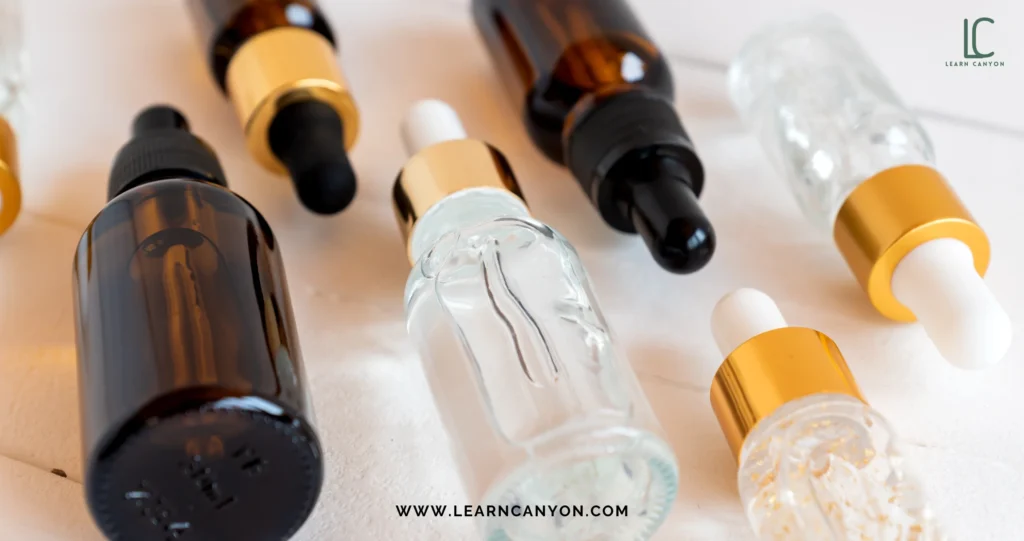
Benefits of these serums
Let’s unpack the magic behind each of these serum types. Being a formulator, understanding the unique benefits of each one will help you create products that not only work but truly wow your customers.
1. Hydrating Serums
Hydrating serums are your go-to for restoring moisture and giving that plump, dewy look. Ingredients like hyaluronic acid and glycerin work wonders to lock in hydration, leaving skin soft and radiant. Perfect for dry or dehydrated skin, especially in harsh weather or post-cleansing routines.
Formulation Structure for a Hydrating Serum
Phase A: Aqueous Base (60–80%)
The base of the serum provides hydration and supports the delivery of active ingredients.
- Distilled Water/Floral Water (e.g., Rose Water, Cucumber Water): Acts as the main solvent and hydrating medium.
- Humectants (e.g., Glycerin, Propanediol, Sodium PCA): Attract water to the skin and prevent dehydration.
Phase B: Active Hydrating Ingredients (10–20%)
This phase contains the key actives that boost hydration and skin health.
- Hyaluronic Acid (Low/High Molecular Weight): Provides deep and surface-level hydration.
- Panthenol (Pro-Vitamin B5): Soothes and moisturizes the skin.
- Betaine: Balances skin hydration while being gentle on the skin.
Phase C: Functional Ingredients (2–5%)
These ingredients enhance stability, texture, and sensory feel.
- Natural Thickener (e.g., Xanthan Gum, Sclerotium Gum, Hydroxyethyl Cellulose): Gives the serum a silky, gel-like consistency.
- Chelating Agent (e.g., Disodium EDTA): Stabilizes the formula by preventing metal ion interference.
Phase D: Skin-Conditioning Actives (5–10%)
These ingredients provide additional benefits for skin health and barrier function.
- Niacinamide: Supports hydration while improving the skin barrier and tone.
- Allantoin: Soothes and softens the skin.
- Aloe Vera Extract: Adds a calming, moisturizing boost.
Phase E: Preservative System (0.5–1%)
To ensure the formula remains safe and stable over time.
- Eco-Cert Approved Preservatives (e.g., Geogard Ultra, Leucidal Liquid): Prevent microbial growth in water-based formulations.
Phase F: Fragrance or Essential Oils (Optional, 0.1–0.5%)
Optional but can enhance sensory appeal.
- Use skin-safe essential oils (e.g., Lavender, Rose) or hydrosols for a subtle fragrance.
Read the article about the Use of Hydrating serum
Basic Steps for Formulation
- Prepare Phase A: Dissolve humectants in water and hydrate the thickener (if using). Mix until uniform.
- Add Phase B Ingredients: Incorporate actives like hyaluronic acid and panthenol. Ensure complete dispersion.
- Blend Phase C: Add functional ingredients like chelators and mix thoroughly.
- Incorporate Phase D: Slowly add skin-conditioning actives while mixing continuously.
- Add Preservatives: Adjust the pH if needed (target pH: 5.0–6.0).
- Finalize the Formula: Add fragrance or essential oils (if used), and mix gently to avoid air bubbles.
- Test and Package: Conduct stability and safety testing before bottling.
2. Brightening Serums
Brightening serums are all about targeting dark spots, dullness, and uneven skin tone. Actives like vitamin C, licorice root extract, or niacinamide are key players here. These serums help even out the complexion, making them ideal for anyone looking to revive their natural glow.
Formulation Structure for a Brightening Serum
Phase A: Aqueous Base (50–70%)
This phase forms the backbone of the serum, providing hydration and supporting the active ingredients.
- Distilled Water/Floral Water (e.g., Orange Blossom Water): The primary solvent and carrier.
- Humectants (e.g., Glycerin, Propanediol, Sodium PCA): To attract and retain moisture.
Phase B: Brightening Actives (10–20%)
These are the powerhouse ingredients that target pigmentation, uneven skin tone, and dullness.
- Vitamin C Derivatives (e.g., Sodium Ascorbyl Phosphate, Ascorbyl Glucoside): Gentle yet effective for brightening and antioxidation.
- Niacinamide: Reduces dark spots and boosts skin barrier function.
- Licorice Root Extract: A natural brightener with soothing properties.
- Alpha Arbutin: Helps fade hyperpigmentation.
Phase C: Supporting Actives (5–10%)
Ingredients that enhance the efficacy and skin benefits of the formula.
- Kojic Acid (Optional): A potent brightener for stubborn pigmentation.
- Tranexamic Acid (Optional): For targeting melasma or post-inflammatory hyperpigmentation.
- Ferulic Acid: Stabilizes vitamin C and enhances its effectiveness.
- Green Tea Extract: Provides additional antioxidant protection.
Phase D: Functional Ingredients (2–5%)
These ingredients improve the texture, stability, and sensory appeal of the serum.
- Natural Thickener (e.g., Hydroxyethyl Cellulose, Xanthan Gum): For a lightweight gel texture.
- Chelating Agent (e.g., Disodium EDTA): Ensures stability by preventing metal ion interference.
Phase E: Preservative System (0.5–1%)
Essential for the safety and longevity of the formulation.
- Eco-Cert Approved Preservatives (e.g., Geogard Ultra, Leucidal Liquid): Suitable for aqueous systems.
Phase F: Fragrance or Essential Oils (Optional, 0.1–0.5%)
A light fragrance can enhance user experience.
- Essential Oils (e.g., Sweet Orange, Lemon): Use with caution, ensuring they’re skin-safe and non-photosensitizing.
Basic Steps for Formulation
- Prepare Phase A: Dissolve humectants in water. Hydrate any thickeners separately, then combine.
- Incorporate Phase B: Gradually add brightening actives like vitamin C and niacinamide, ensuring full dissolution.
- Add Phase C: Introduce supporting actives like ferulic acid or green tea extract.
- Blend Phase D: Add functional ingredients like thickeners and chelators. Mix until homogeneous.
- Preserve and Adjust: Add the preservative system and adjust the pH (target: 5.0–6.0 for optimal stability of vitamin C).
- Finalize the Formula: Add fragrance or essential oils (if any). Mix gently to avoid air bubbles.
- Test and Package: Conduct stability and efficacy testing before packaging.
3. Anti-Aging Serums
Anti-aging serums are packed with actives like peptides, retinol (or bio-retinol), and antioxidants to reduce the appearance of fine lines and wrinkles while boosting collagen production. They’re perfect for clients who want to maintain a youthful, firm look.
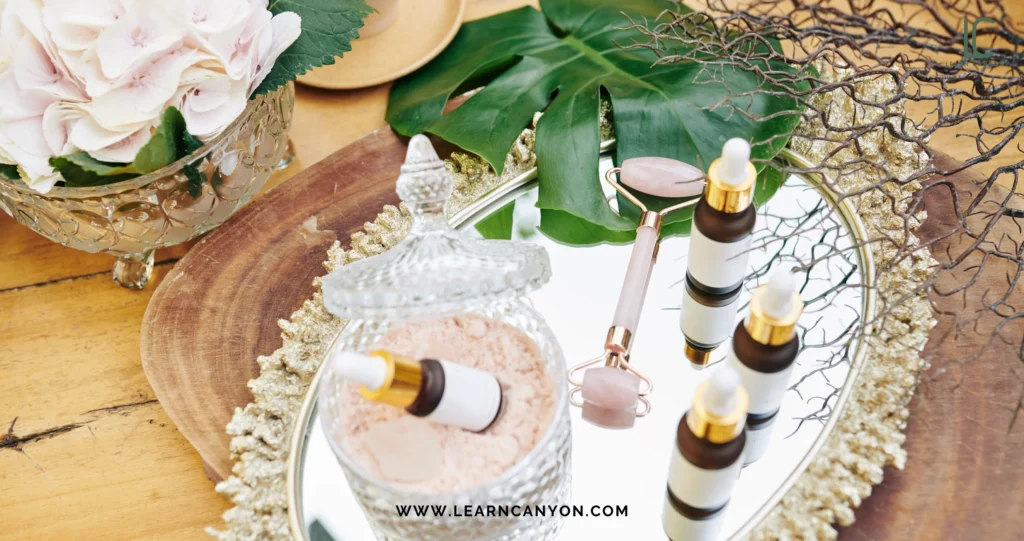
Formulation Structure for an Anti-Aging Serum
Phase A: Aqueous Base (50–70%)
This phase ensures hydration, supports active delivery, and provides a lightweight feel.
- Distilled Water/Floral Water (e.g., Rose Water, Cucumber Water): Acts as the solvent and base.
- Humectants (e.g., Glycerin, Propanediol, Sodium PCA): Retain moisture and hydrate the skin.
Phase B: Active Anti-Aging Ingredients (10–20%)
The powerhouse ingredients that directly target signs of aging.
- Peptides (e.g., Matrixyl, Argireline): Stimulate collagen production and smooth fine lines.
- Retinoids or Retinol Derivatives (e.g., Bakuchiol): Promote cell turnover and improve elasticity.
- Niacinamide: Enhances barrier function and reduces the appearance of wrinkles.
- Coenzyme Q10: Provides antioxidant protection and supports cellular repair.
Phase C: Supporting Antioxidants and Boosters (5–10%)
These ingredients amplify the formula’s effectiveness and protect against environmental stressors.
- Vitamin C Derivatives (e.g., Sodium Ascorbyl Phosphate): Brighten and protect against free radicals.
- Resveratrol: A potent antioxidant that fights oxidative stress.
- Green Tea Extract: Soothes and provides additional antioxidant benefits.
Phase D: Functional Ingredients (2–5%)
These enhance the formula’s texture, stability, and skin feel.
- Natural Thickeners (e.g., Xanthan Gum, Sclerotium Gum, Hydroxyethyl Cellulose): Create a silky serum texture.
- Chelating Agent (e.g., Disodium EDTA): Prevents formula destabilization caused by metal ions.
Phase E: Preservative System (0.5–1%)
To ensure the formula is safe and shelf-stable.
- Ecocert Approved Preservatives (e.g., Geogard Ultra, Leucidal Liquid): Suitable for water-based formulations.
Phase F: Fragrance or Essential Oils (Optional, 0.1–0.5%)
A subtle scent can enhance the user experience.
- Essential Oils (e.g., Rose, Lavender): Ensure they’re non-irritating and skin-safe.
Basic Steps for Formulation
- Prepare Phase A: Dissolve humectants in water. Hydrate any thickeners separately, then combine.
- Incorporate Phase B: Gradually add anti-aging actives, ensuring full dispersion or dissolution.
- Add Phase C: Introduce antioxidants and supportive ingredients for enhanced efficacy.
- Blend Phase D: Add functional ingredients like thickeners and chelators. Mix until homogeneous.
- Preserve and Adjust: Add the preservative system and adjust pH to 5.0–5.5 for optimal stability.
- Finalize the Formula: Add fragrance or essential oils (if used). Mix gently to avoid air bubbles.
- Test and Package: Conduct stability and efficacy testing before bottling.
4. Calming Serums
Calming serums are designed to soothe irritated, sensitive, or inflamed skin. They focus on reducing redness, strengthening the skin barrier, and delivering lightweight hydration with a comforting feel.
Formulation Structure for a Calming Serum
Phase A: Aqueous Base (50–70%)
This phase ensures hydration and provides a soothing base for the serum.
- Distilled Water/Floral Water (e.g., Chamomile Water, Lavender Water): A gentle solvent and carrier.
- Humectants (e.g., Glycerin, Propanediol, Sodium PCA): Retain moisture and provide skin comfort.
Phase B: Calming Actives (10–20%)
These are the core ingredients that address redness, sensitivity, and inflammation.
- Aloe Vera Extract: Soothes and hydrates the skin.
- Oat Beta-Glucan: Calms irritation and strengthens the skin barrier.
- Allantoin: Provides gentle soothing and softening.
- Bisabolol: Reduces redness and inflammation.
Phase C: Barrier-Repair and Conditioning Ingredients (5–10%)
Support the skin’s natural barrier and enhance the calming effects.
- Ceramides: Restore and strengthen the skin’s barrier.
- Panthenol (Pro-Vitamin B5): Reduces irritation and enhances hydration.
- Centella Asiatica Extract: Promotes healing and reduces sensitivity.
Phase D: Functional Ingredients (2–5%)
These ingredients improve the serum’s stability, texture, and usability.
- Natural Thickener (e.g., Xanthan Gum, Sclerotium Gum, Hydroxyethyl Cellulose): Adds a lightweight, gel-like consistency.
- Chelating Agent (e.g., Disodium EDTA): Prevents destabilization by metal ions.
Phase E: Preservative System (0.5–1%)
Ensures the formula remains safe and stable.
- Eco-Cert Approved Preservatives (e.g., Geogard Ultra, Leucidal Liquid): Suitable for sensitive skin formulations.
Phase F: Fragrance or Essential Oils (Optional, 0.1–0.5%)
Fragrance should be mild and non-irritating, or omitted altogether for ultra-sensitive skin.
- Essential Oils (e.g., Lavender, Chamomile): Use sparingly and only if skin-safe.
Basic Steps for Formulation
- Prepare Phase A: Dissolve humectants in water or hydrosols. Hydrate any thickeners separately, then combine.
- Incorporate Phase B: Gradually add calming actives like aloe vera and oat beta-glucan. Mix thoroughly.
- Add Phase C: Introduce barrier-repair and conditioning ingredients, ensuring complete dispersion.
- Blend Phase D: Add thickeners and chelators, mixing until uniform.
- Preserve and Adjust: Add the preservative system and adjust pH to 5.0–6.0 for skin compatibility.
- Finalize the Formula: Add fragrance or essential oils (if used). Mix gently to avoid air bubbles.
- Test and Package: Conduct stability and safety testing before bottling.
5. Exfoliating Serums
Exfoliating serums with AHAs, BHAs, or fruit enzymes slough off dead skin cells, revealing smoother, more vibrant skin. Ideal for acne-prone or uneven-textured skin, these serums are a formulator’s dream for offering effective, no-fuss exfoliation.
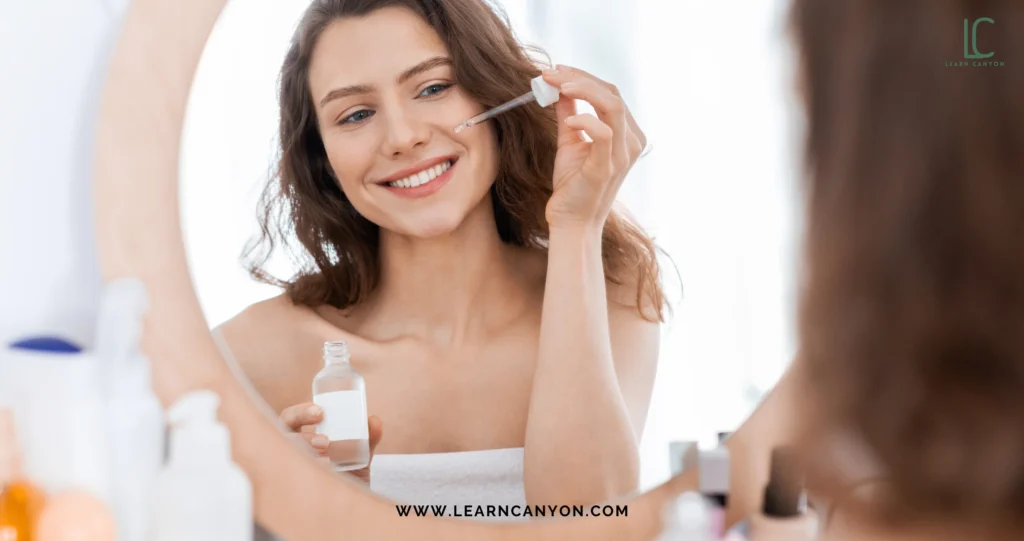
Formulation Structure for an Exfoliating Serum
Exfoliating serums are formulated to gently remove dead skin cells, improve skin texture, and promote cell renewal. This structure balances exfoliation with hydration and soothing ingredients to minimize irritation.
Phase A: Aqueous Base (50–70%)
Provides hydration and serves as the primary vehicle for actives.
- Distilled Water/Floral Water (e.g., Lavender Water): Acts as the solvent and base.
- Humectants (e.g., Glycerin, Propanediol, Sodium PCA): Retain moisture and minimize potential dryness caused by exfoliation.
Phase B: Exfoliating Actives (10–20%)
The star ingredients that gently exfoliate the skin and promote cell turnover.
- AHAs (e.g., Lactic Acid, Glycolic Acid): Target surface-level dead skin cells and improve texture.
- BHAs (e.g., Salicylic Acid): Penetrate pores and reduce oiliness.
- PHAs (e.g., Gluconolactone): Gentle exfoliation with added hydration benefits.
Phase C: Skin-Soothing and Hydrating Ingredients (5–15%)
Balances the exfoliating action by reducing irritation and providing moisture.
- Aloe Vera Extract: Soothes and hydrates the skin.
- Panthenol (Pro-Vitamin B5): Repairs and calms the skin.
- Allantoin: Reduces redness and irritation.
- Beta-Glucan: Enhances the skin barrier and reduces sensitivity.
Phase D: Functional Ingredients (2–5%)
Improve the stability, texture, and usability of the serum.
- pH Adjusters (e.g., Lactic Acid, Sodium Hydroxide): Adjust the pH to the optimal range (3.5–4.0) for exfoliating acids.
- Natural Thickeners (e.g., Xanthan Gum, Hydroxyethyl Cellulose): Provide a lightweight, gel-like consistency.
- Chelating Agent (e.g., Disodium EDTA): Prevent destabilization by metal ions.
Phase E: Preservative System (0.5–1%)
Ensures the formula remains safe and stable.
- Eco-Cert Approved Preservatives (e.g., Geogard Ultra, Phenoxyethanol): Effective in acidic formulations.
Phase F: Fragrance or Essential Oils (Optional, 0.1–0.5%)
A mild scent can enhance user experience but should not irritate the skin.
- Essential Oils (e.g., Tea Tree, Lavender): Use sparingly and only if skin-safe.
Basic Steps for Formulation
- Prepare Phase A: Dissolve humectants in water or hydrosols. Hydrate any thickeners separately, then combine.
- Add Phase B: Gradually incorporate exfoliating acids, mixing thoroughly to ensure complete dissolution.
- Incorporate Phase C: Add soothing and hydrating ingredients to balance the formula.
- Blend Phase D: Adjust the pH to the optimal exfoliation range (3.5–4.0) and mix until uniform.
- Preserve and Finalize: Add the preservative system and mix gently to avoid air bubbles.
- Test and Package: Conduct stability and efficacy testing before bottling.
6. Barrier-Repair Serums
These serums are designed to restore and strengthen the skin’s natural protective layer using ingredients like ceramides, panthenol, and fatty acids. They’re perfect for combating dryness, irritation, and sensitivity caused by environmental stressors.
Formulation Structure for a Barrier-Repair Serum
Phase A: Aqueous Base (50–70%)
Provides hydration and acts as the carrier for other ingredients.
- Distilled Water/Floral Water (e.g., Rose Water, Chamomile Water): Base solvent for the formulation.
- Humectants (e.g., Glycerin, Sodium PCA, Propanediol): Hydrate and draw moisture into the skin.
Phase B: Barrier-Repair Actives (10–20%)
The core ingredients that restore and strengthen the skin barrier.
- Ceramides (e.g., Ceramide NP): Rebuild the lipid matrix in the skin barrier.
- Cholesterol: Helps replenish the skin’s natural lipids.
- Fatty Acids (e.g., Linoleic Acid, Omega-3, Omega-6): Enhance the skin’s lipid barrier.
Phase C: Skin-Soothing and Conditioning Ingredients (5–10%)
Support the barrier-repair function and calm irritation.
- Panthenol (Pro-Vitamin B5): Soothes and hydrates.
- Oat Beta-Glucan: Reduces sensitivity and strengthens the barrier.
- Allantoin: Relieves irritation and softens the skin.
- Centella Asiatica Extract: Promotes healing and reduces inflammation.
Phase D: Functional Ingredients (2–5%)
Improve the stability, texture, and usability of the serum.
- Natural Thickeners (e.g., Hydroxyethyl Cellulose, Xanthan Gum): Add a lightweight, gel-like consistency.
- Chelating Agent (e.g., Disodium EDTA): Prevent destabilization by metal ions.
Phase E: Lipid Phase (Optional, 5–10%)
For barrier repair, a small lipid phase can enhance effectiveness.
- Squalane: Mimics skin’s natural lipids and adds hydration.
- Caprylic/Capric Triglycerides: Lightweight, non-comedogenic emollient.
Phase F: Preservative System (0.5–1%)
Ensures the formulation is safe and stable.
- Ecocert Approved Preservatives (e.g., Geogard Ultra, Leucidal Liquid): Suitable for sensitive skin formulations.
Phase G: Fragrance or Essential Oils (Optional, 0.1–0.5%)
Minimal fragrance is recommended for sensitive or compromised skin.
- Essential Oils (e.g., Chamomile, Lavender): Use sparingly and only if non-irritating.
Basic Steps for Formulation
- Prepare Phase A: Dissolve humectants in water. Hydrate thickeners separately, then combine.
- Blend Phase B: Disperse ceramides, cholesterol, and fatty acids in a lipid base (if used), or use water-dispersible forms. Add to Phase A.
- Incorporate Phase C: Add soothing and conditioning ingredients, ensuring uniform dispersion.
- Add Phase D: Introduce thickeners and chelators, mixing until homogeneous.
- Preserve and Adjust: Add the preservative system and adjust pH to 5.0–6.0 for compatibility with skin and actives.
- Finalize the Formula: Add fragrance or essential oils (if any). Mix gently to avoid air bubbles.
- Test and Package: Conduct stability and efficacy testing before bottling.
Each of these serums has the power to solve specific skin concerns and deliver visible results.
The best part?
You can get creative and add your own flair, combining actives or experimenting with unique textures.
Which one are you excited to formulate first? Do let us know via our social media platforms.
Now here’s where the fun really begins
Taking these serum ideas and turning them into something extraordinary. You have endless opportunities to innovate, experiment, and create products that stand out.
Think about the trends in skincare right now: sustainability, minimalist formulas, and advanced delivery systems.
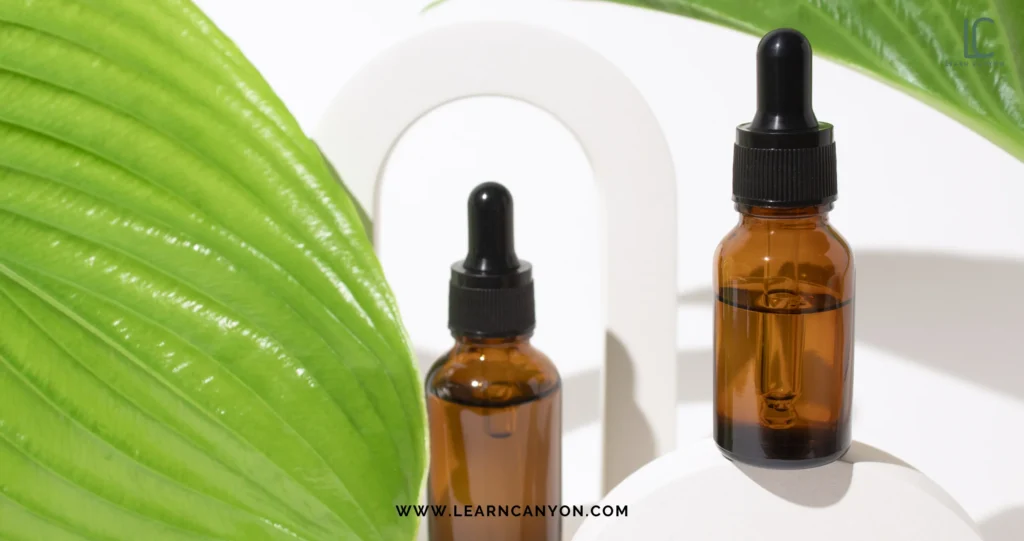
How can you incorporate these into your serums?
For example, what about using nanoemulsions to boost penetration or creating waterless serums for eco-conscious consumers?
And don’t stop there. Combine the strengths of different serum types! Imagine a brightening serum that’s also barrier-repairing, or an anti-aging serum infused with calming botanicals.
The beauty of formulation is that you can customize and cater to specific needs, creating products that feel personalized and unique.
Another idea? Add a sensory twist! Use lightweight textures, skin-cooling effects, or a hint of natural fragrance to elevate the user experience. After all, serums are not just about results, they’re about delighting the senses.
Now that you’ve got the inside scoop on six types of serums, it’s time to take action! As a formulator, the power to transform skin and lives is in your hands. Whether you’re just starting out or are ready to expand your product line, there’s no better time to dive into serum formulation than now.
Here’s my advice: Start simple. Pick one serum type that resonates with your audience or aligns with your formulation goals. Experiment with key ingredients, test different textures, and focus on delivering visible results. Remember, even the most advanced formulations start with a single idea and a willingness to experiment.
And don’t be afraid to push boundaries! The skincare market is always evolving, and your unique formulations could be the next big thing. Need inspiration? Look to nature, skincare trends, or even feedback from friends and clients.
Conclusion
Serums are the true workhorses of skincare, offering targeted, high-impact solutions for a variety of skin concerns. Whether you’re crafting a hydrating formula to quench thirsty skin, a brightening elixir to tackle uneven tones, or a calming serum for sensitive skin, the possibilities are endless.
Each type of serum presents an opportunity to innovate and cater to specific needs, showcasing your skill as a formulator.
By understanding the unique formulation structures and key ingredients for each type, you can create products that are not just effective but truly transformative.
Ready to take your formulations to the next level?
Dive in, experiment, and let your creativity shine. With the right blend of science and artistry, you can craft serums that make a lasting impact on every skincare enthusiast’s routine.


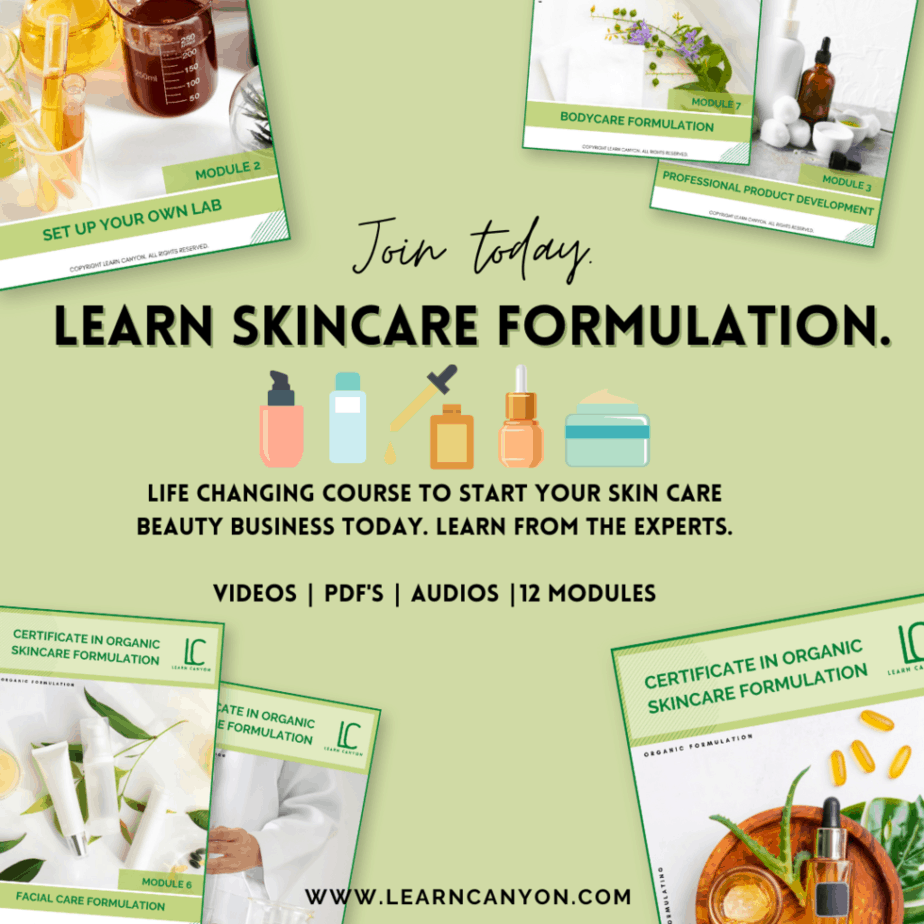
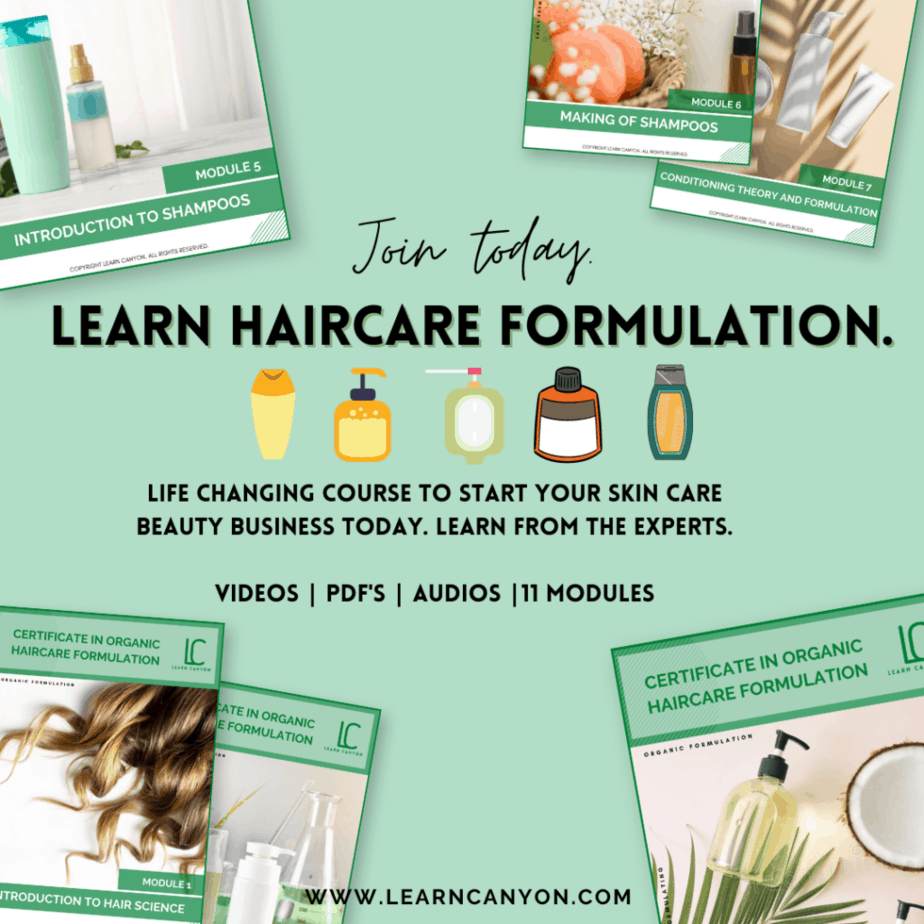
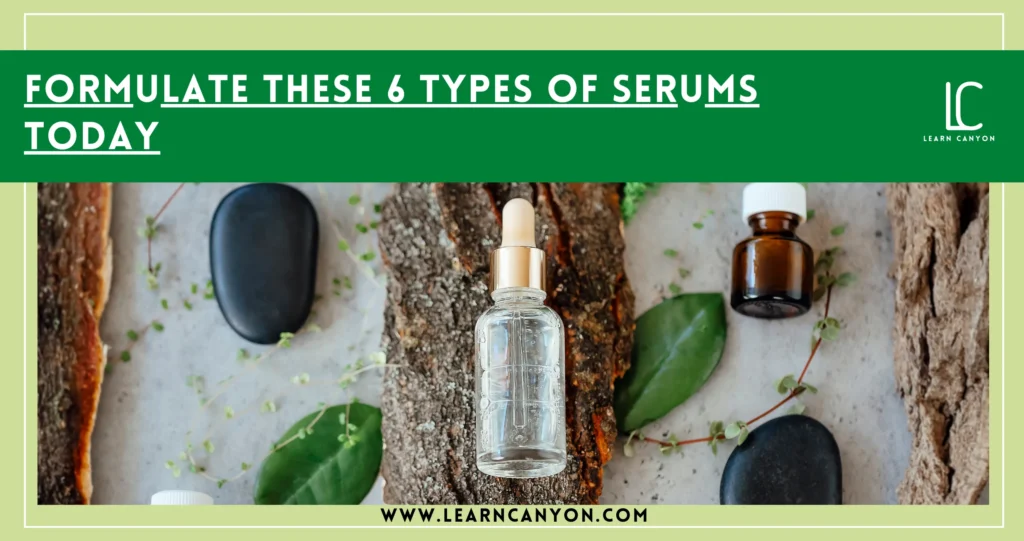

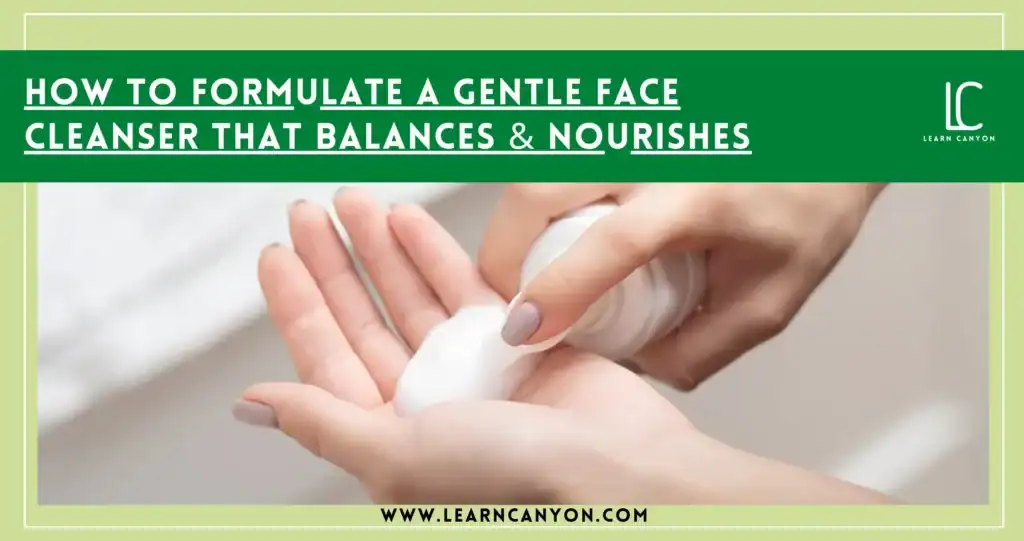
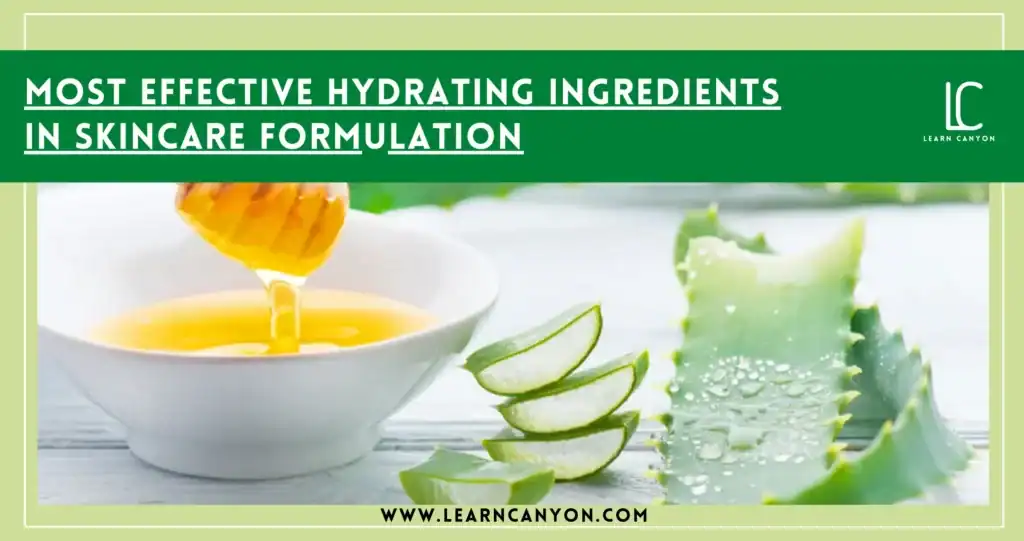
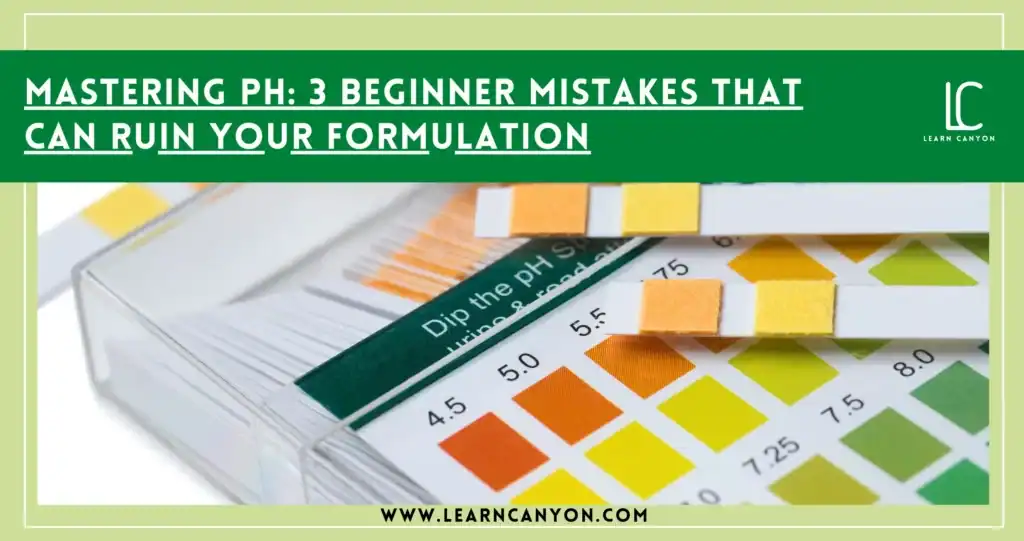
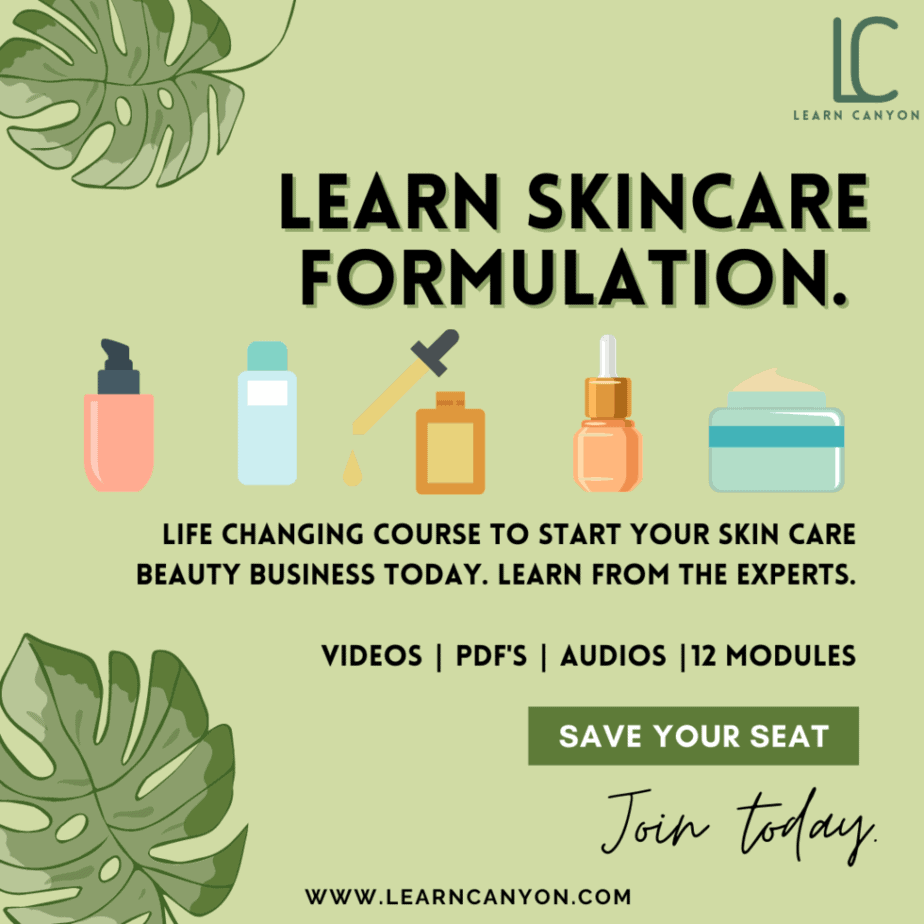


1 thought on “How To Formulate These 6 Types of Serum”
What is the cost of the course?